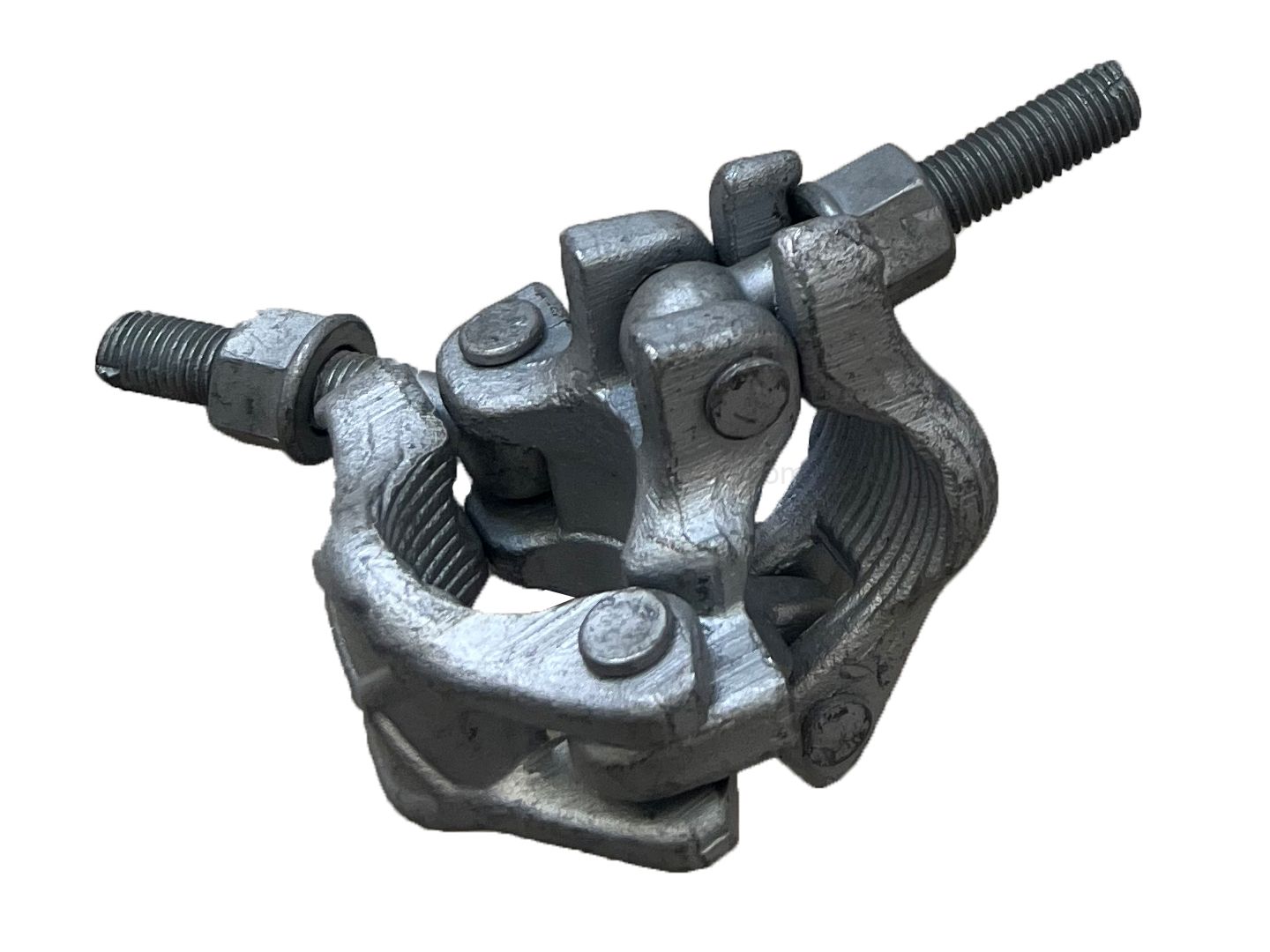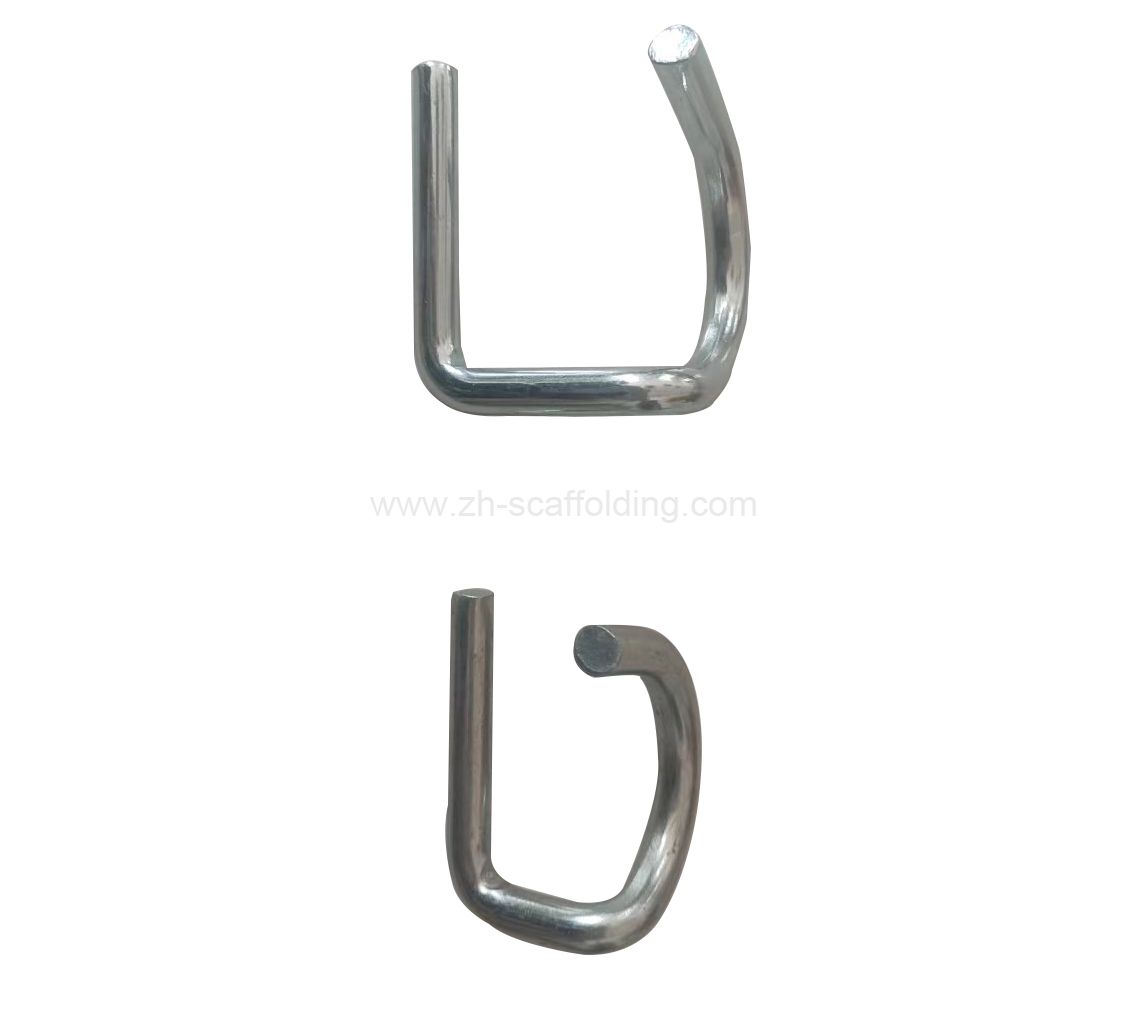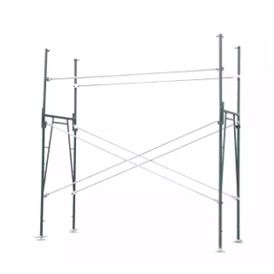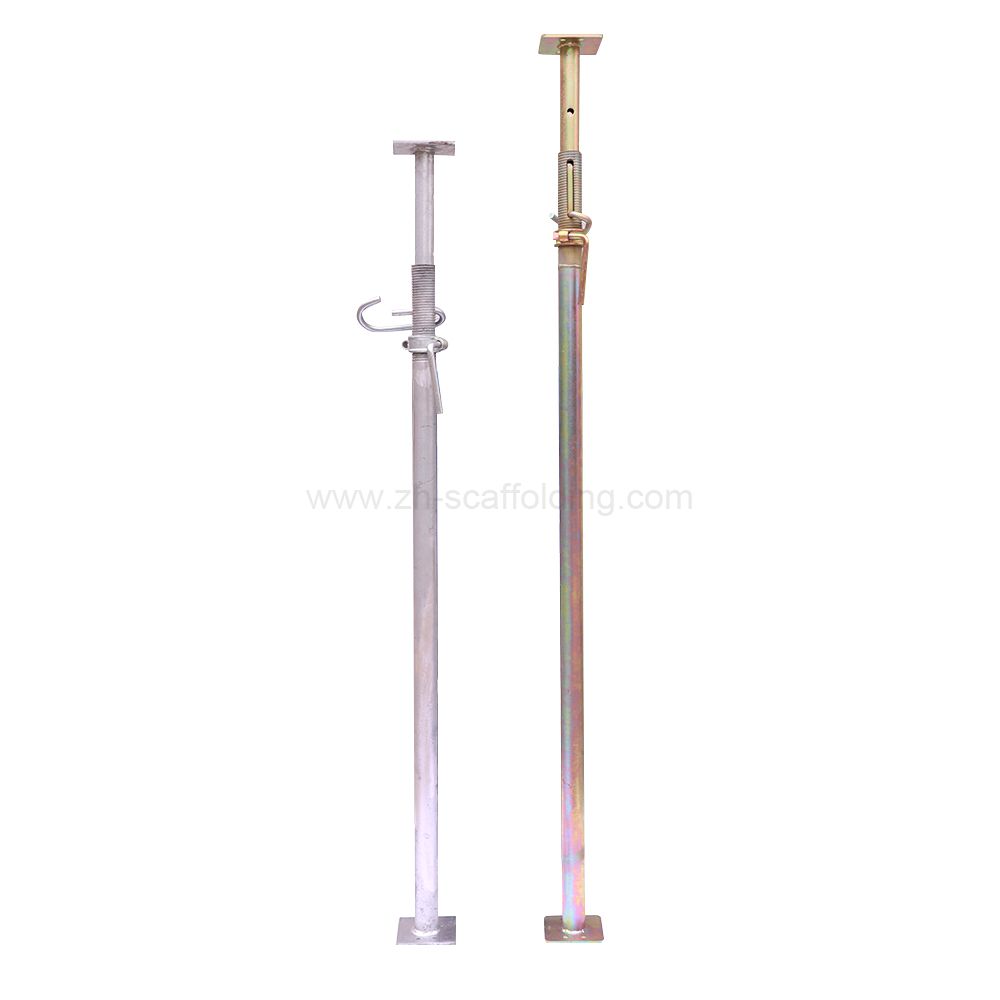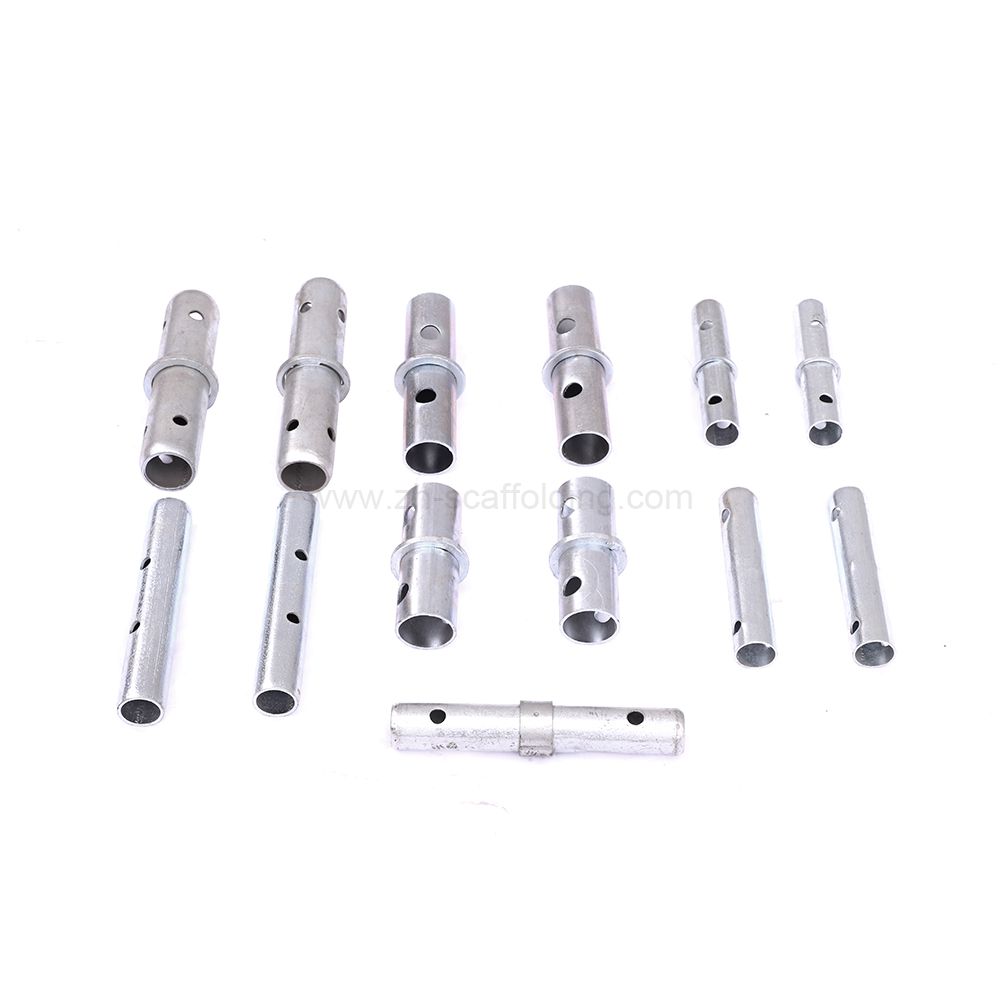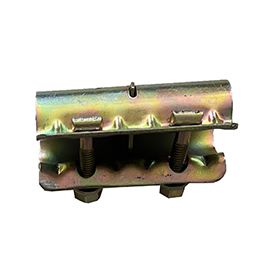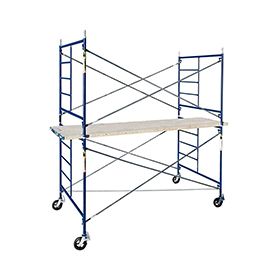cup lock scaffolding
cup lock scaffolding
One of the most popular types of scaffolding systems is a Cuplock scaffolding system. This type of system is fully galvanized and can serve several purposes. Since it’s a kind of modular scaffolding, it mostly consists of vertical and horizontal components that users can combine to form a temporary structure suitable for various jobs. These components connect via a unique circular node locking design, providing users with greater flexibility and safety in their scaffolding designs.
Cuplock Components
Various Cuplock scaffolding parts and components go into the construction of Cuplock structures. Some of the main Cuplock scaffolding components include verticals, horizontals, universal jacks, intermediate transoms and hop-up brackets. To give you a better idea of how Cuplock scaffolding is constructed, check out the following information about the primary Cuplock components:
Verticals or standards: Vertical tubes, sometimes called standard tubes, are cup locking scaffolding components. They’re made out of 40-millimeter niobium (NB) tubes with rotating top cups and lower fixed cups placed at half-meter intervals. Cuplock verticals allow users to hold a maximum of four components. They come in multiple sizes, helping you find the right choice for your structure.
Horizontals: Horizontals are also crucial to Cuplock scaffolding. They’re made out of 40-millimeter NB tubes and include transoms and ledgers. These tubes feature blade ends to make it easy for users to lock them into vertical tubes’ cups. Like verticals, they come in many sizes.
Universal jacks: Universal jacks insert into the top or bottom of a Cuplock scaffolding’s support structure. They’re used to adjust the scaffolding, with a maximum adjustment of a half-meter.
Intermediate transoms: People use intermediate transoms to lock inner and outer horizontal ledgers together. They feature jaw-shaped ends on each side, and they provide intermediate support to standard scaffold boards.
Hop-up brackets: Cuplock hop-up brackets come in multiple designs to support up to three boards beyond your scaffolding’s interior. These brackets let users expand their working platforms.


